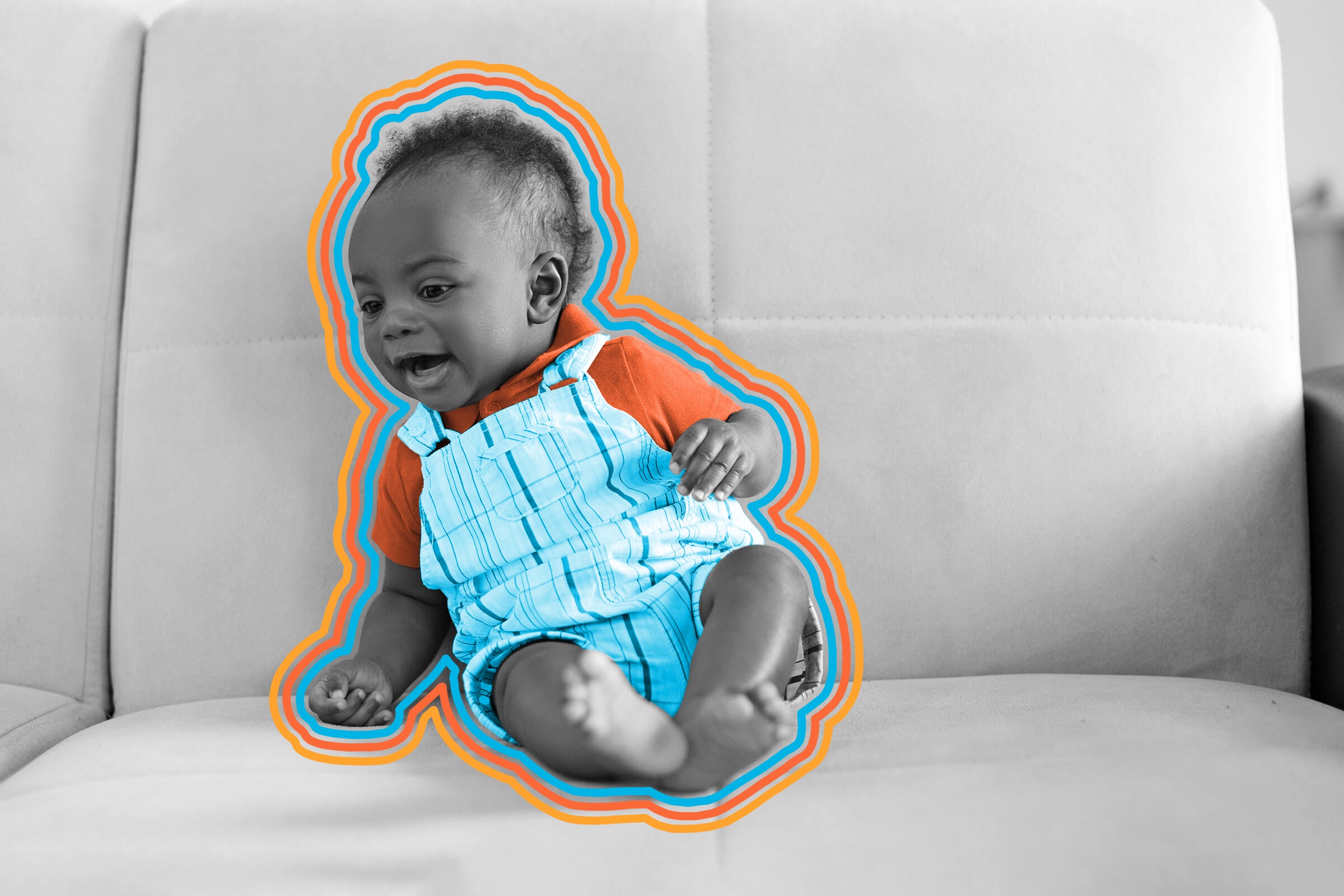
Babies blink less than adults.
The average adult blinks about 15 times a minute, whether to lubricate the eyes, clear unwanted irritants, or refocus attention. Babies, on the other hand, blink far less often — only two to three blinks per minute on average. So, why do infants blink less than adults? The answer may lie with our brain’s dopamine levels, which control human blinking. Scientists initially made connections between this feel-good neurotransmitter and blinking because people with schizophrenia, who usually have excess dopamine production, may blink more frequently. The inverse is also true — Parkinson’s disease, caused by damaged dopamine-producing neurons, makes people blink less often. So a baby’s infrequent blinking may be a clue about how the brain forms after we’re born, showing that a baby’s dopamine system is likely still forming and thus impacting blinking frequency.
However, dopamine production is only one piece of the mystery. Scientists also theorize that because a baby’s eyes are small, they likely require less lubrication than adult peepers. Babies may also blink less often because it’s actually pretty demanding to be a baby, requiring more active attention to gather the necessary visual information for survival (and thus leaving less energy for blinking). So while babies may seem like pint-sized layabouts, they’re actually putting in a lot of work to become functioning and frequently blinking members of society.
Blinking is vitally important for the healthy upkeep of our eyes, but it also gives our brain a much-needed rest throughout the day. In 2012, scientists from the University of Osaka observed participants as they watched a television show by recording their blinks at 600 frames per second. When the TV scene changed or actors exited the frame, subjects would often blink. Scientists theorized that this blinking activated a “default mode network” causing sections of the brain associated with attention to temporarily shut down. This brief mental reprieve explains a variety of behaviors involved with blinking, including why humans tend to nictitate far more than mere lubrication requires. Blinking essentially allows the human brain to refocus, and this momentary suppression of attention — which also switches off the visual system — is why humans have little to no perception of blinking at all.

